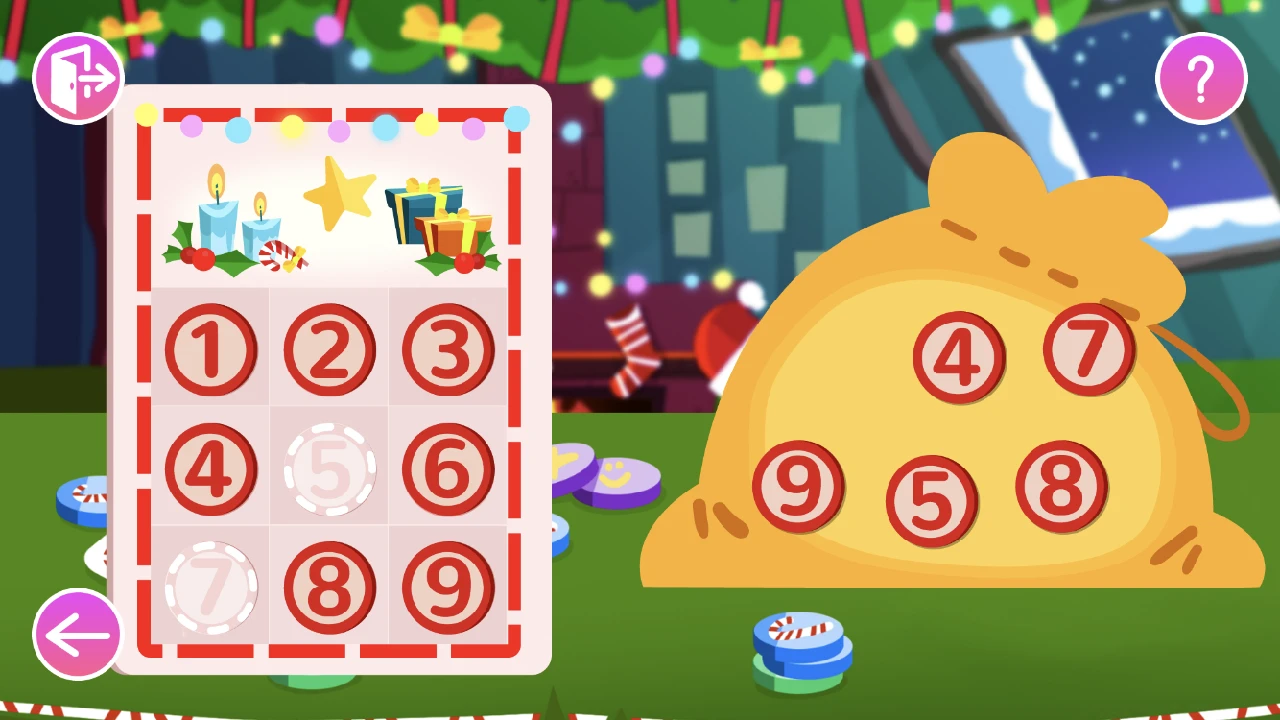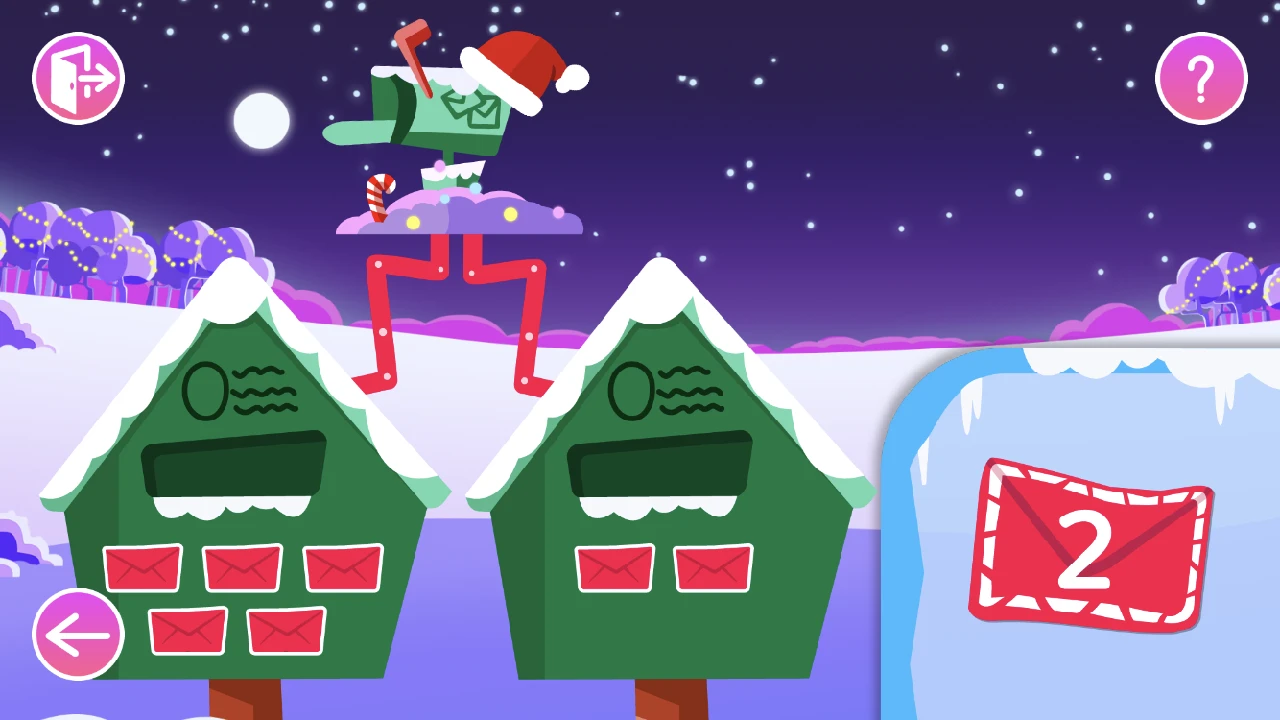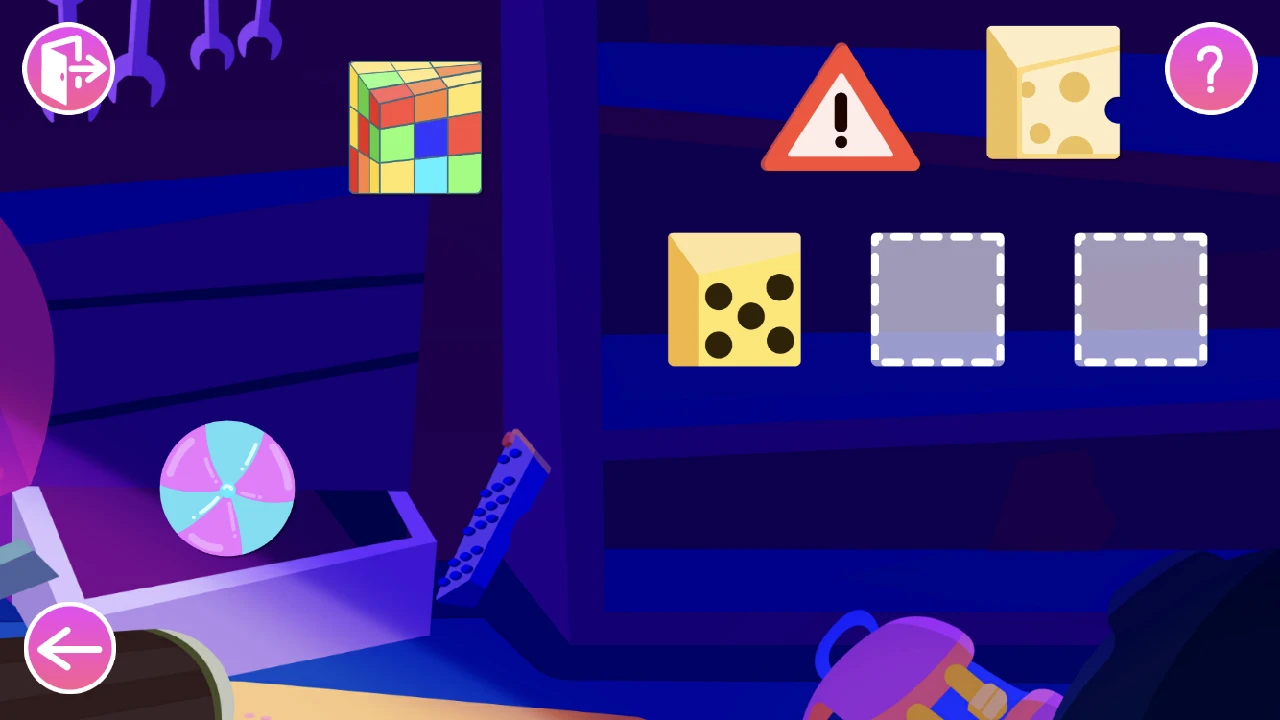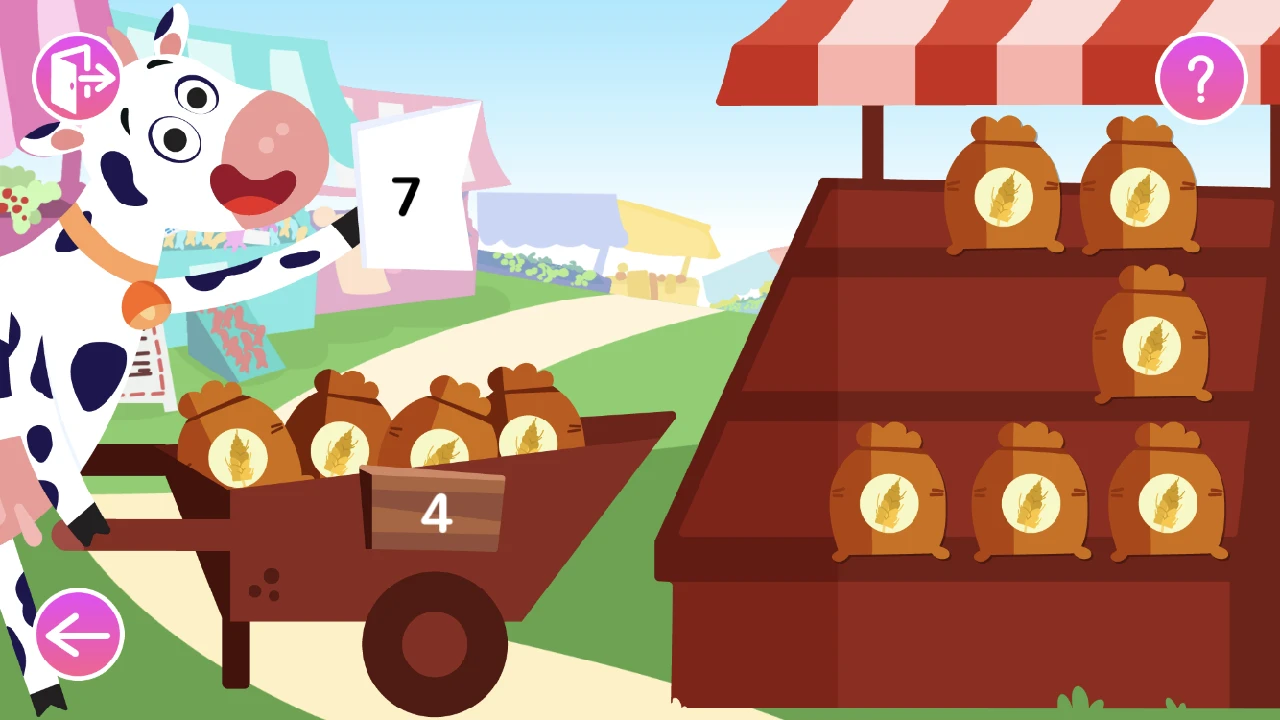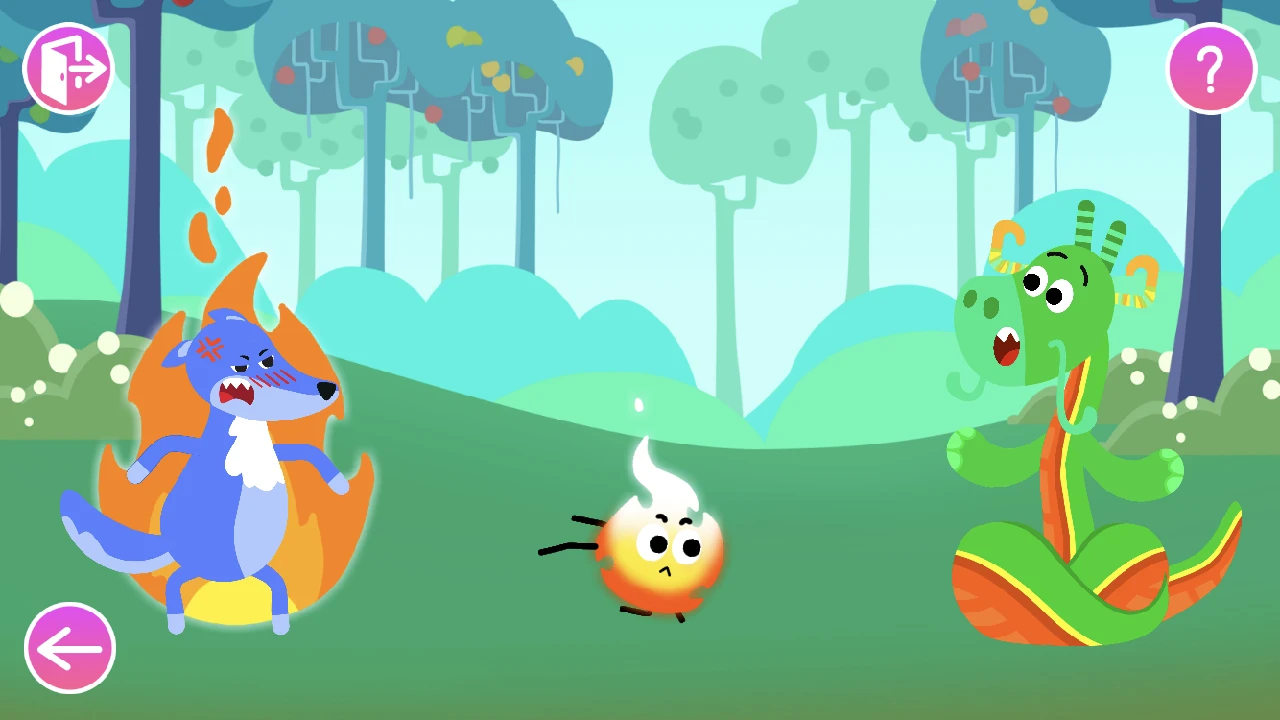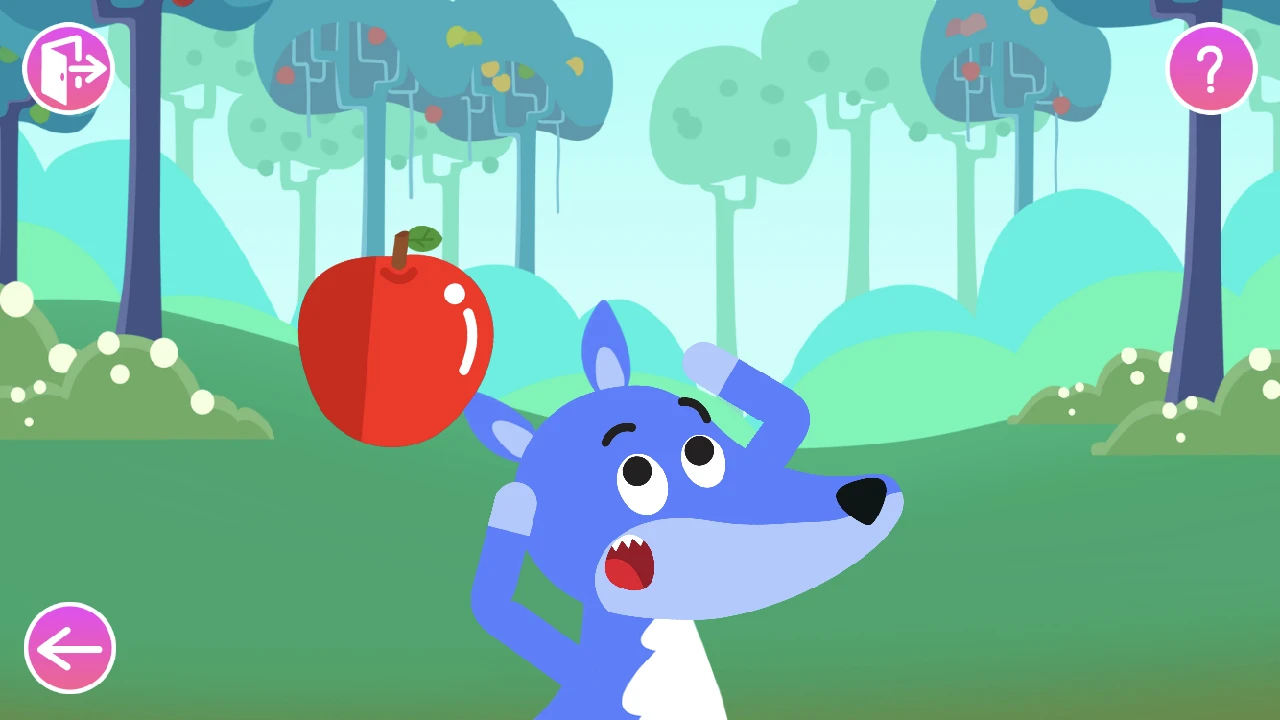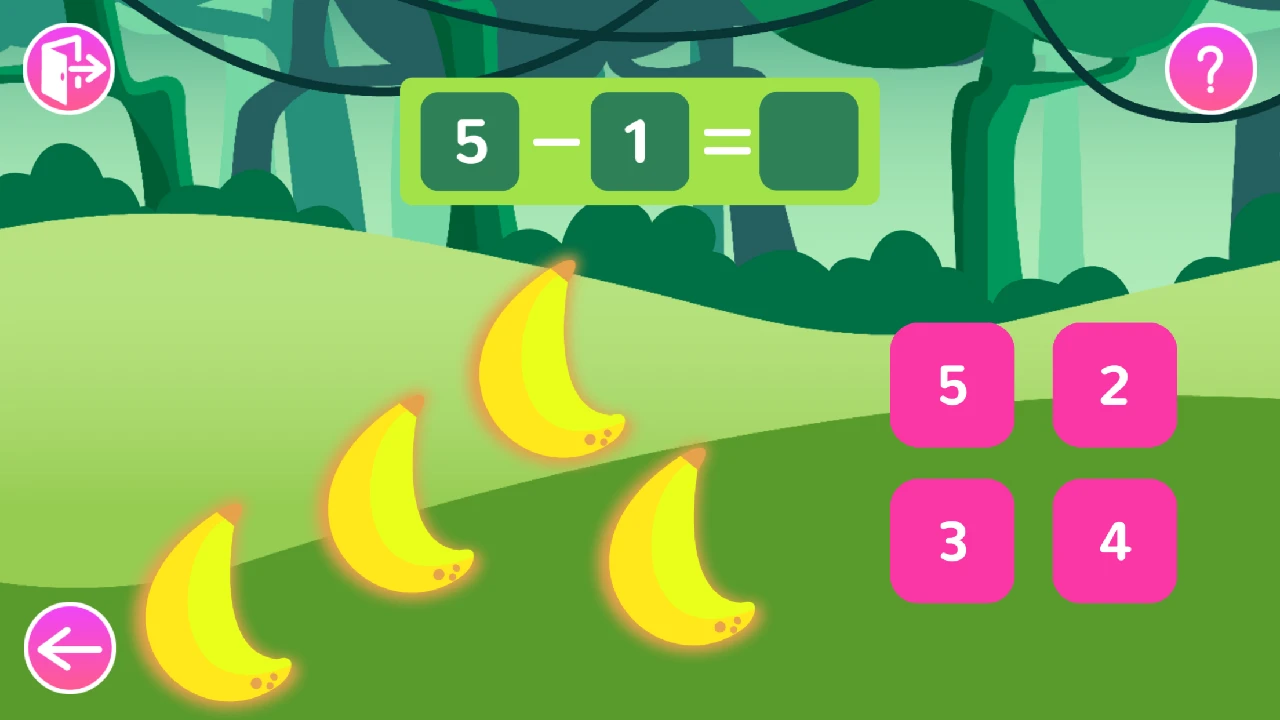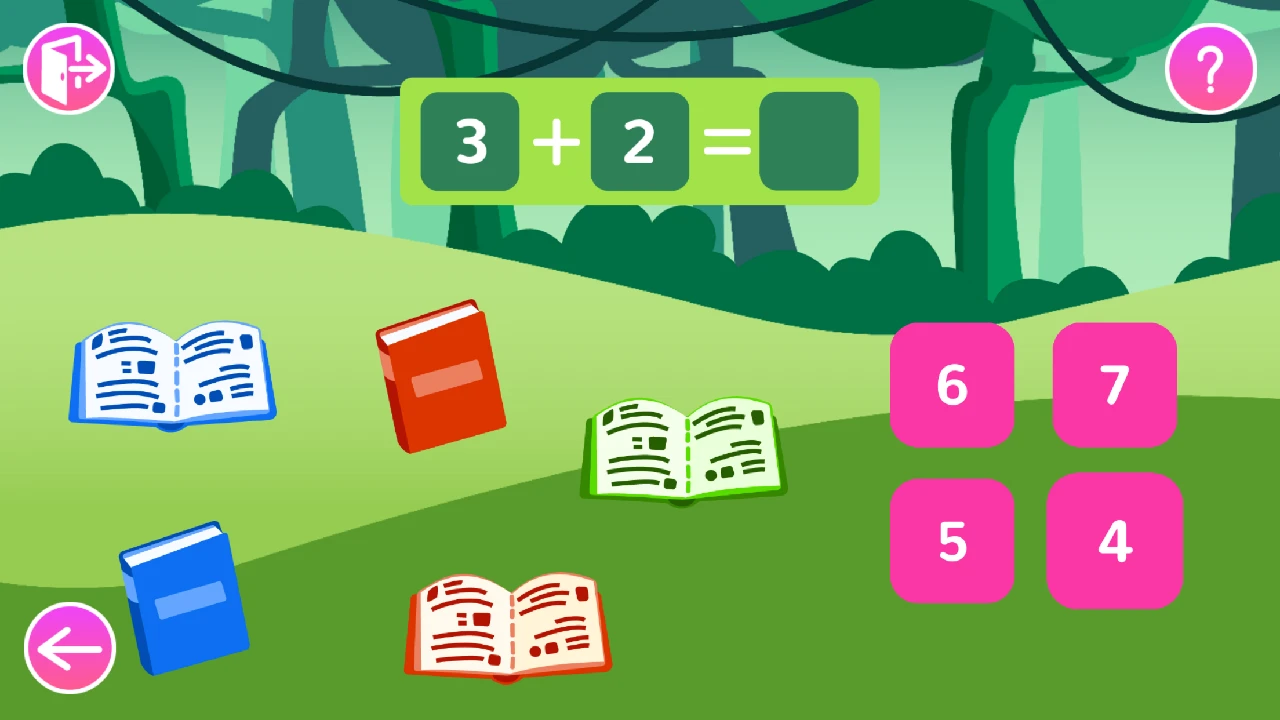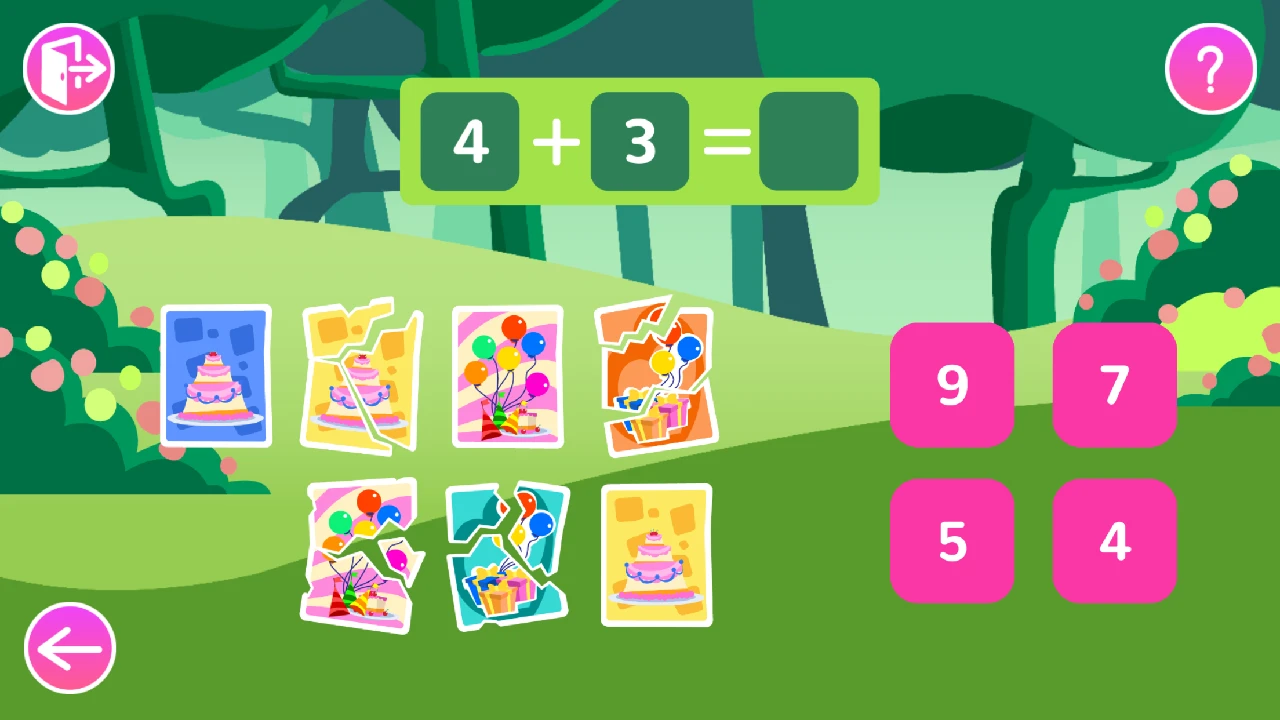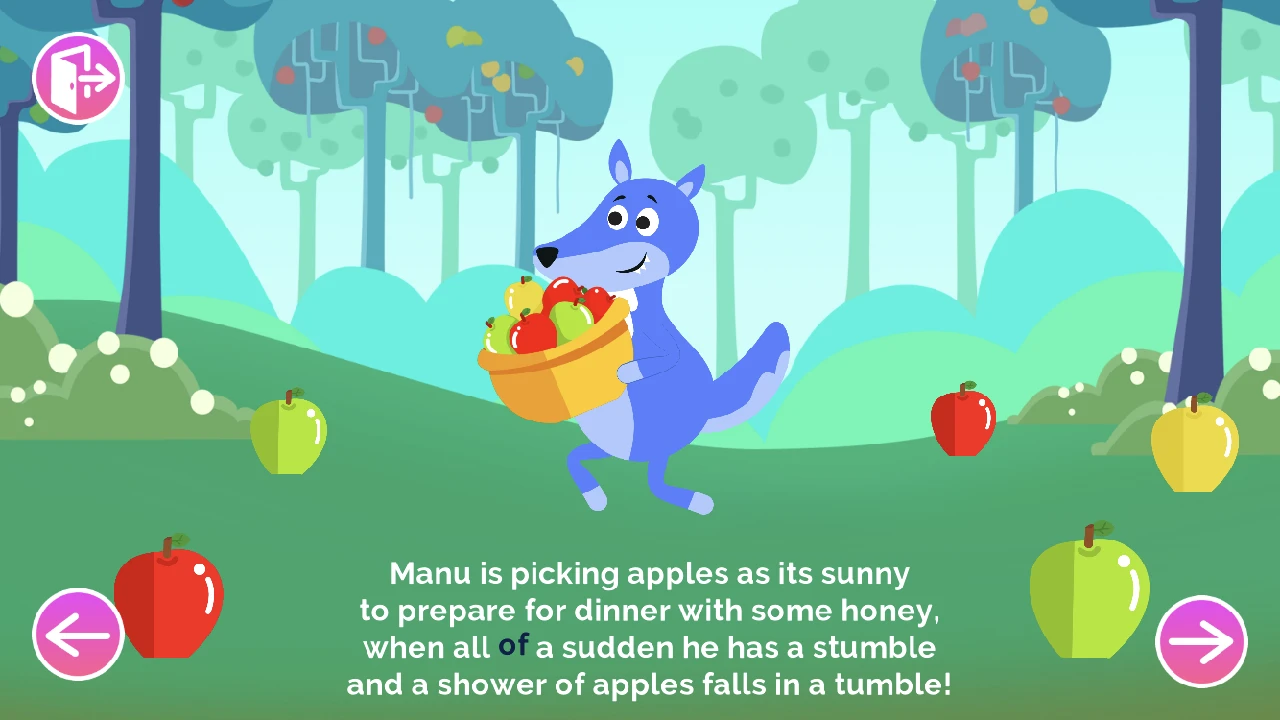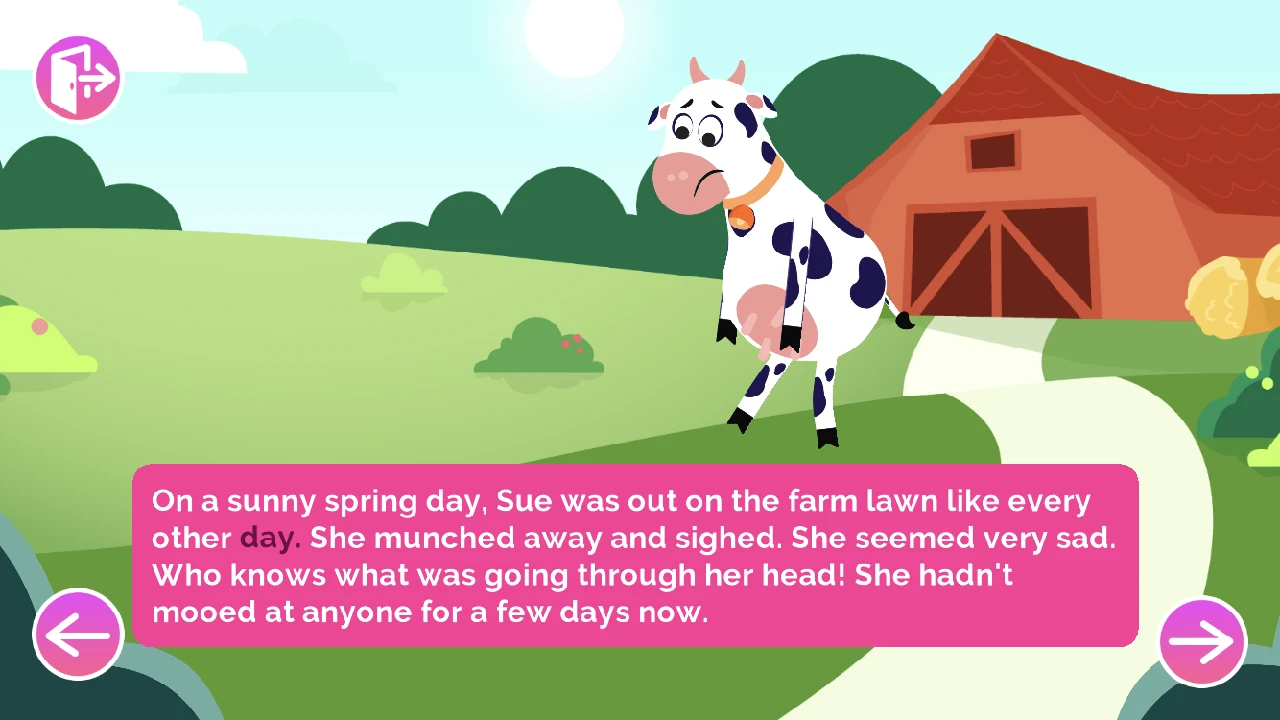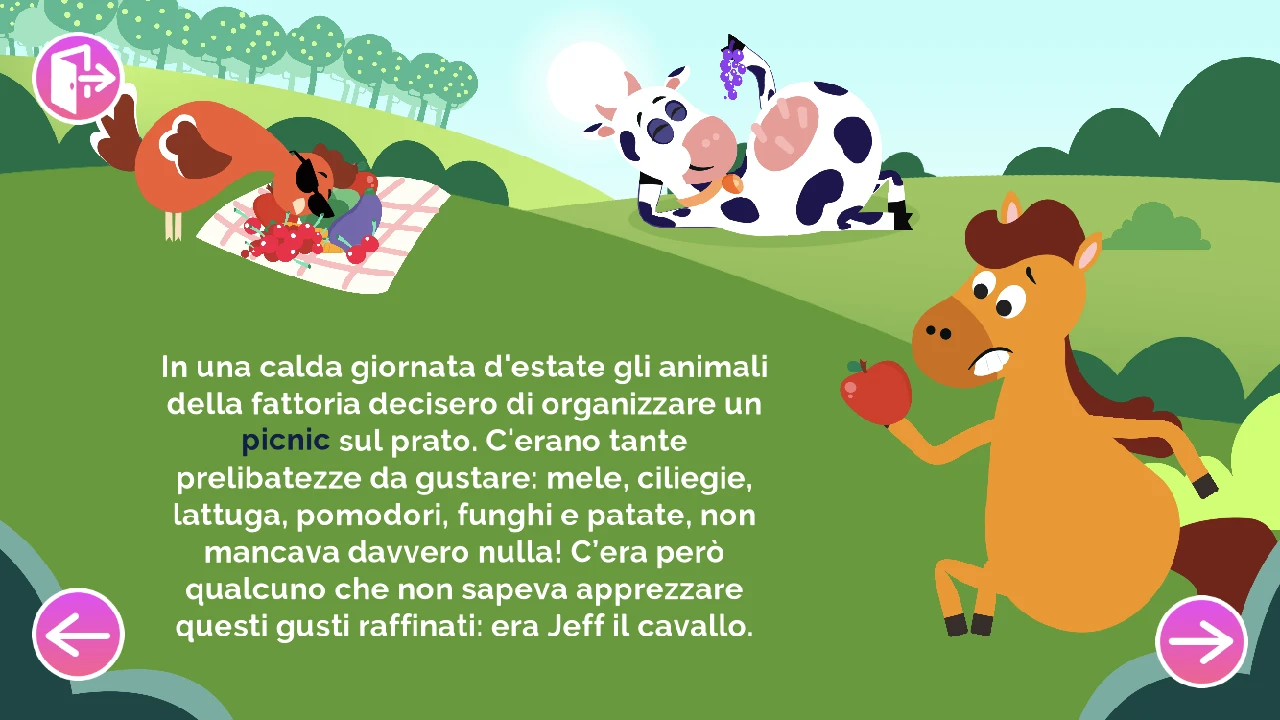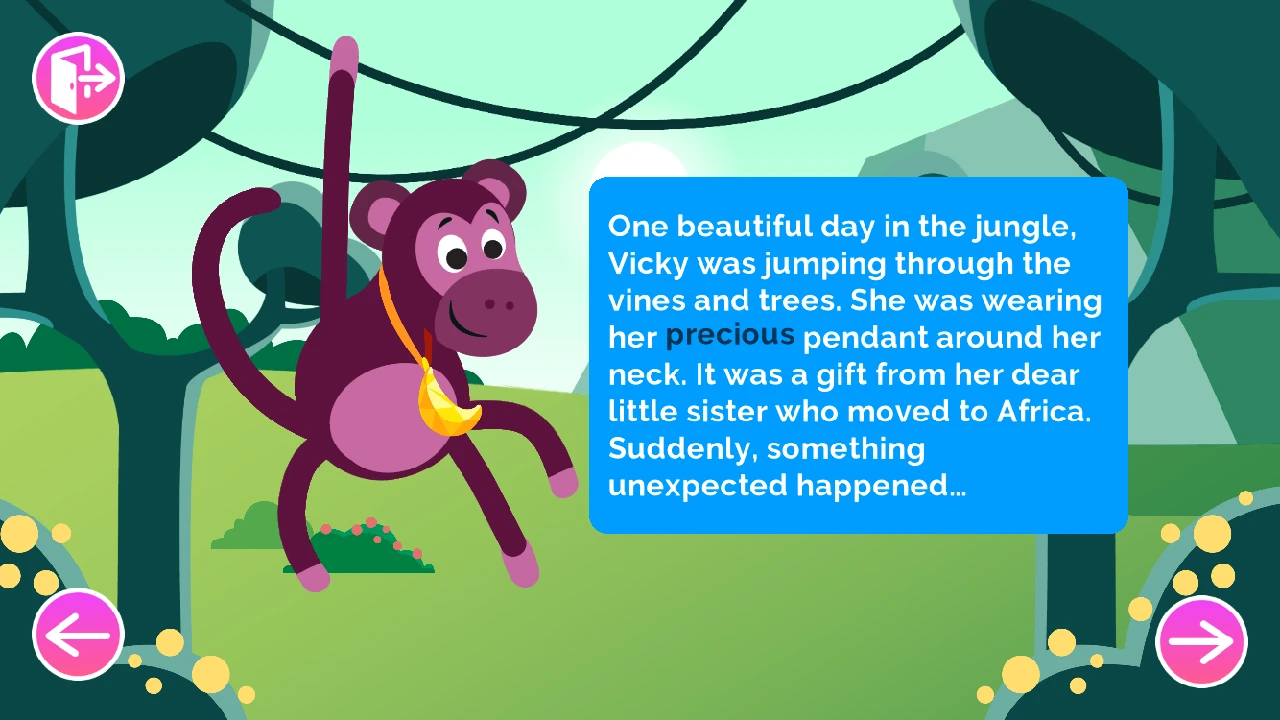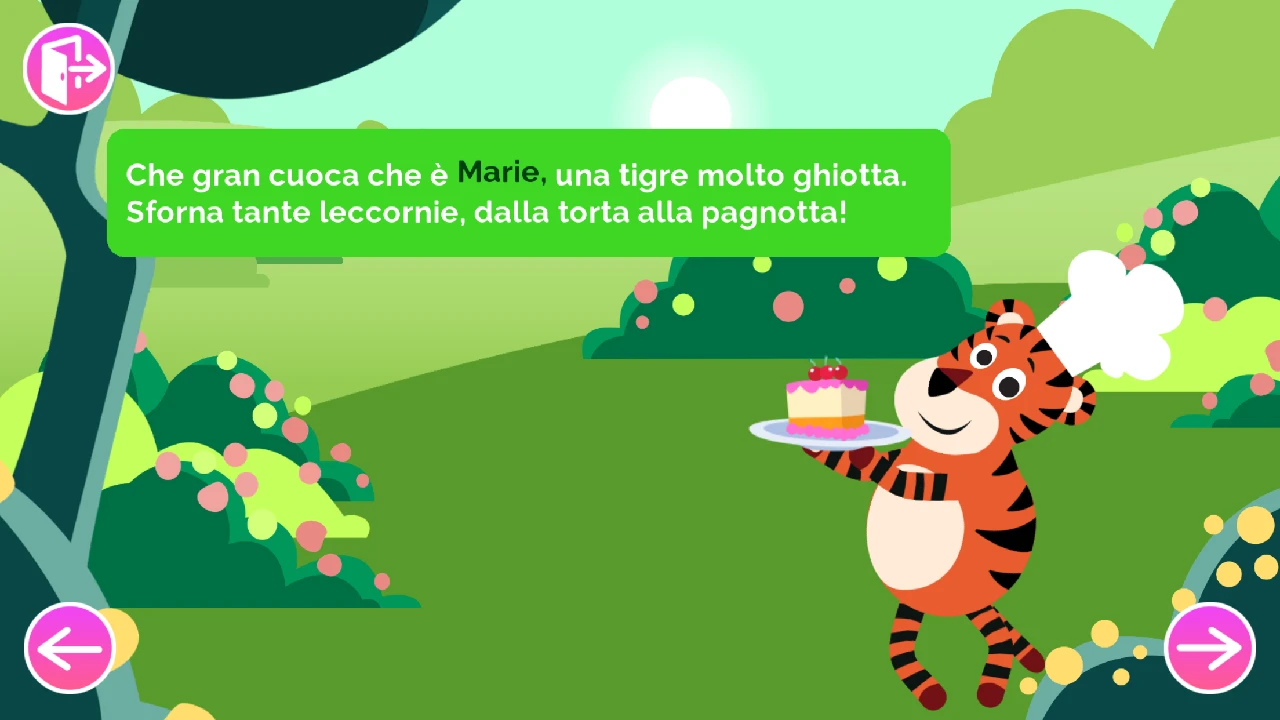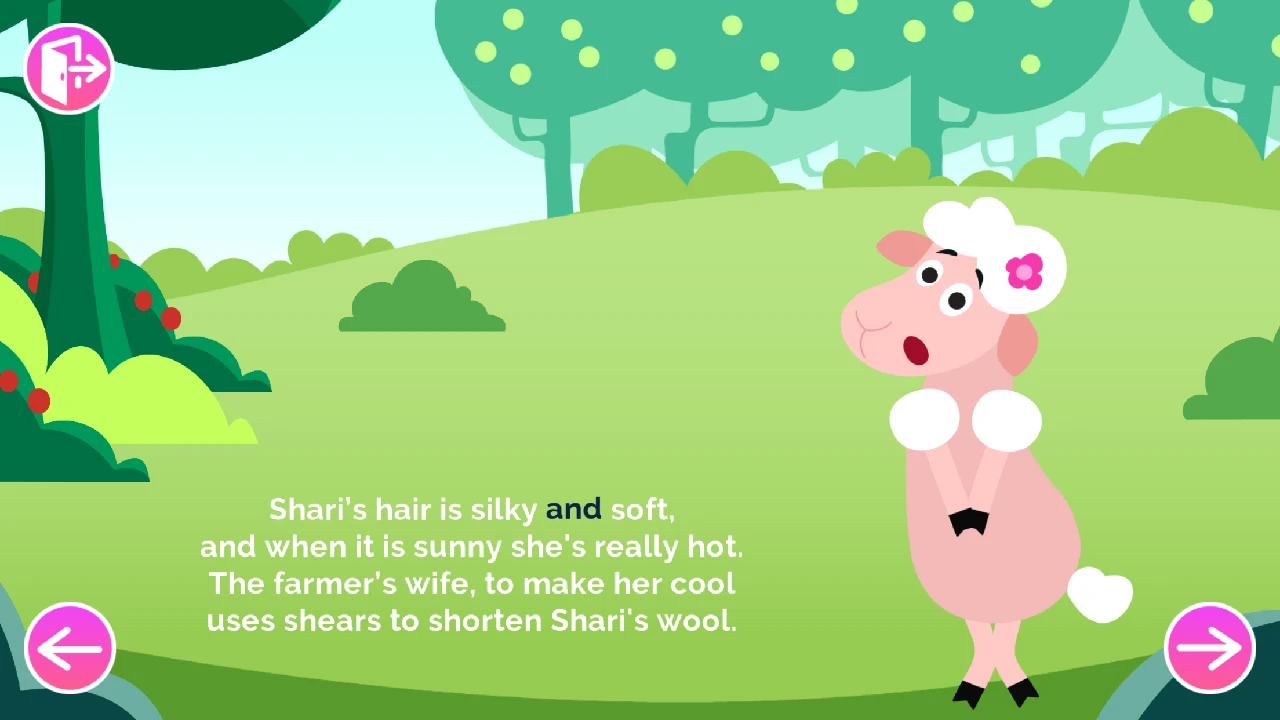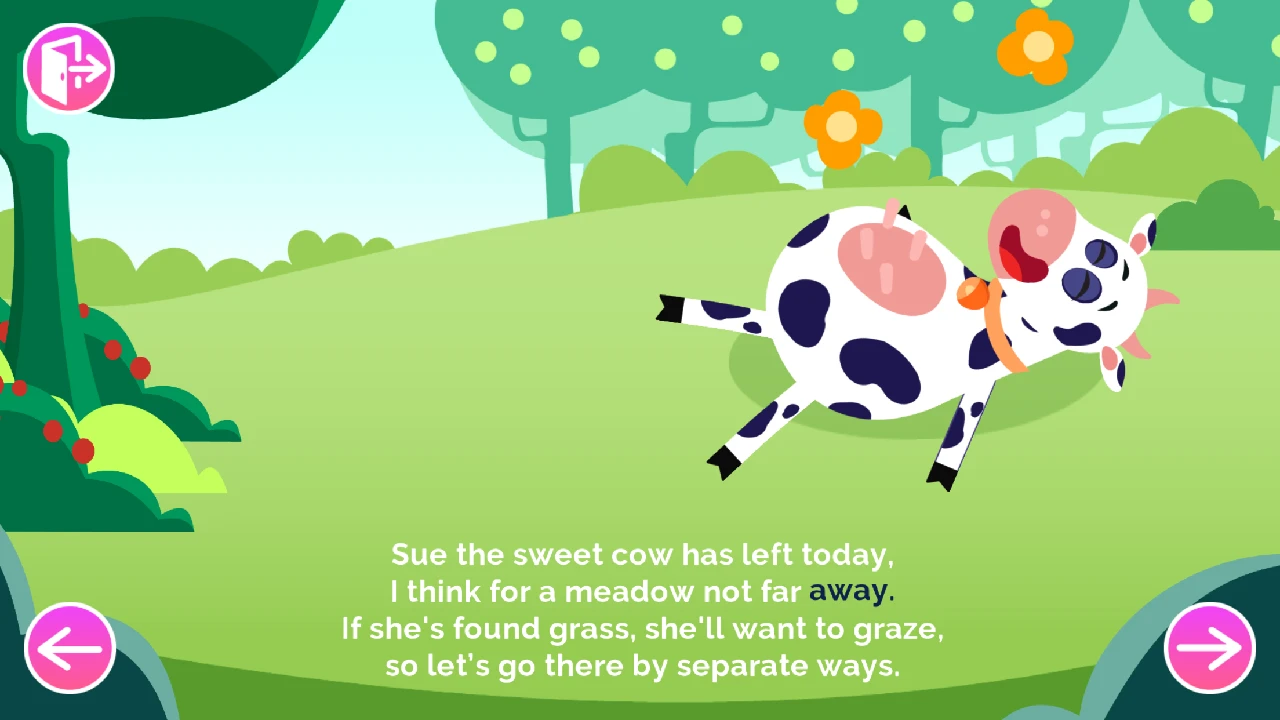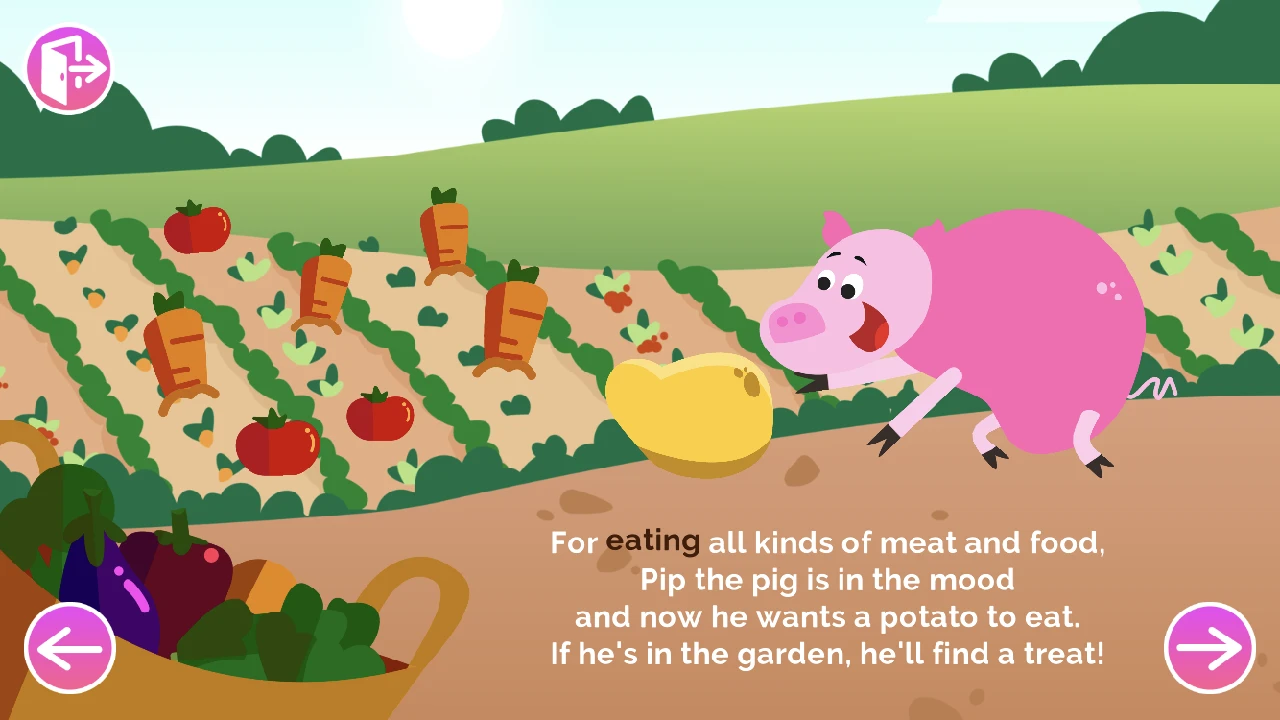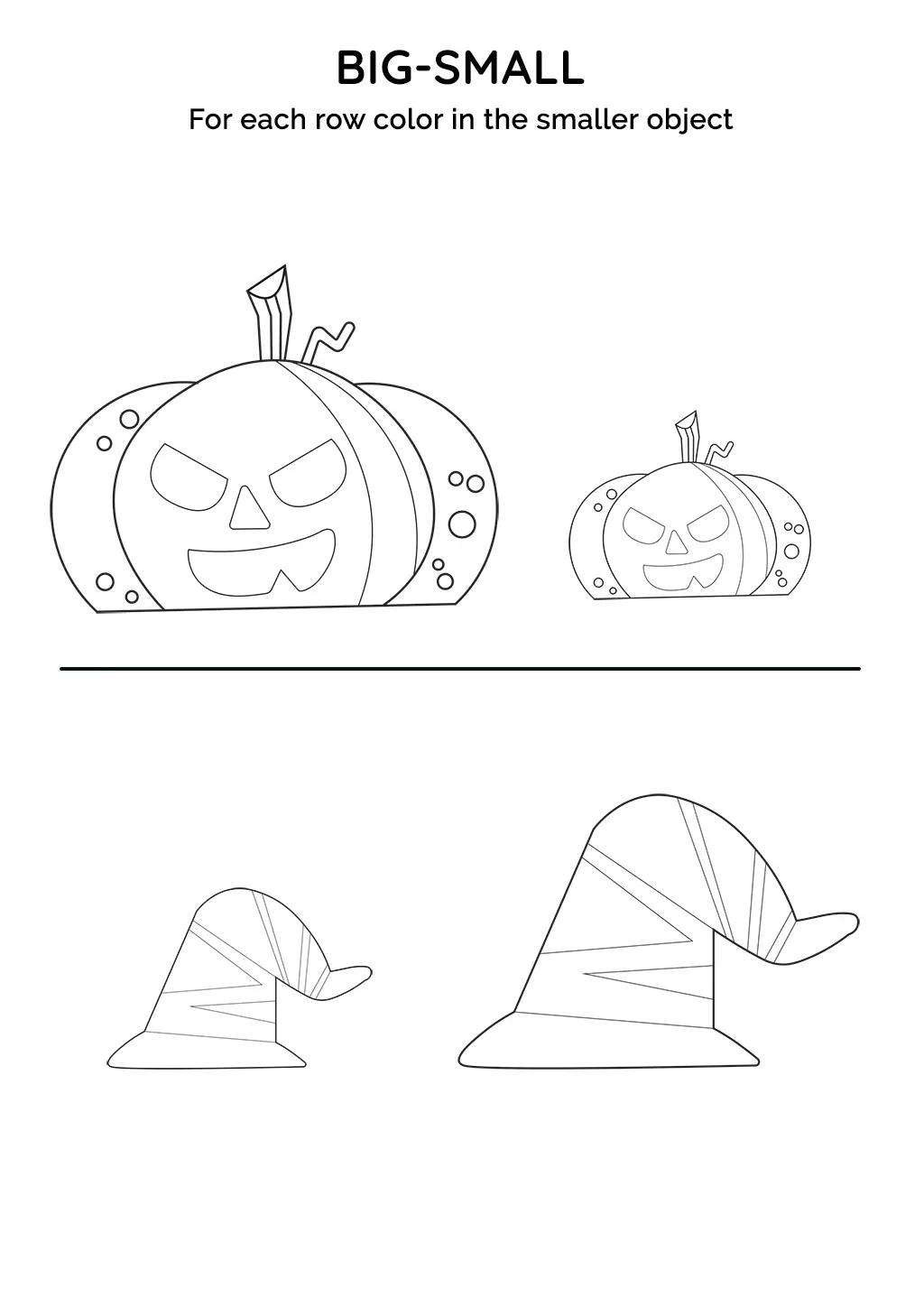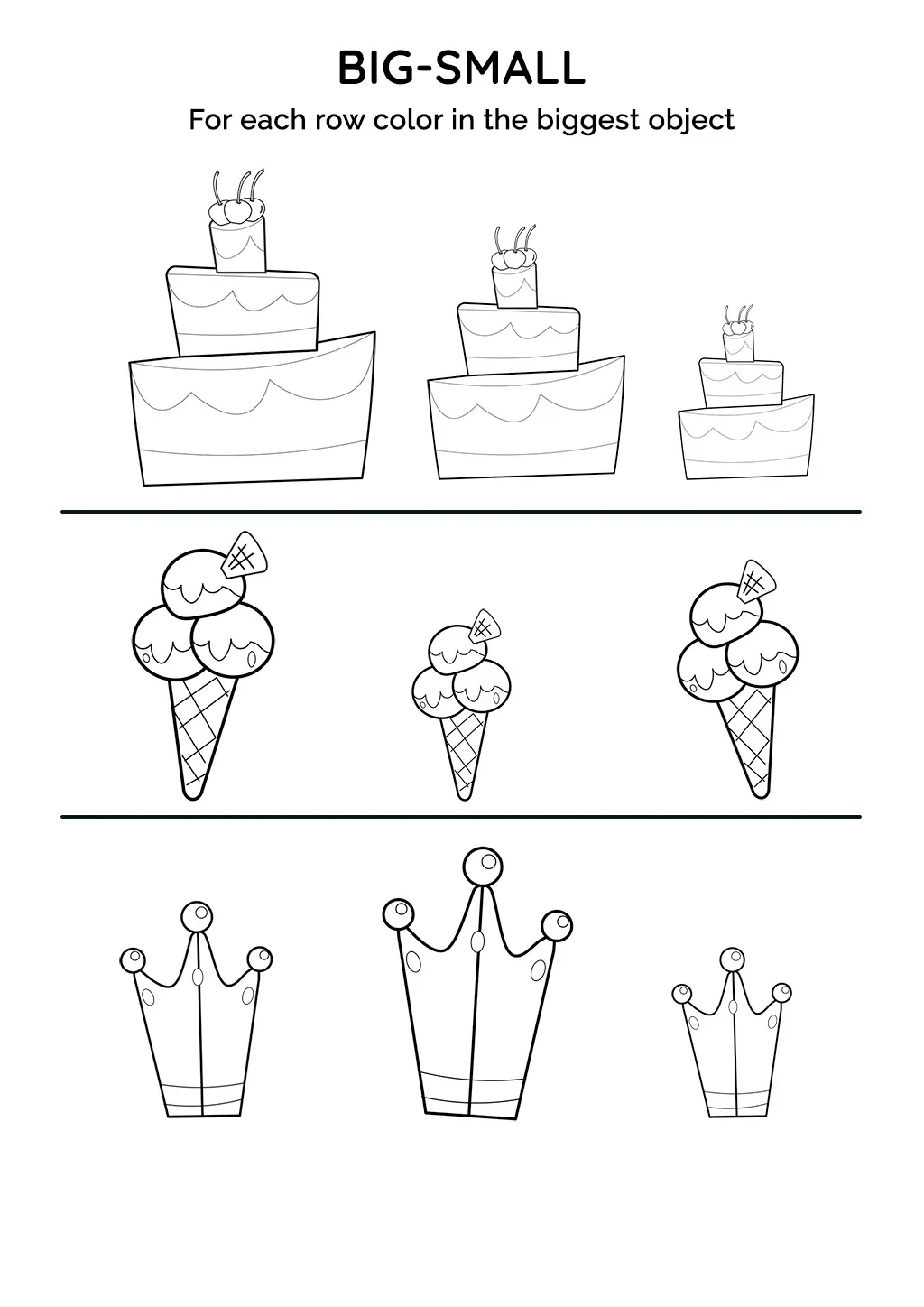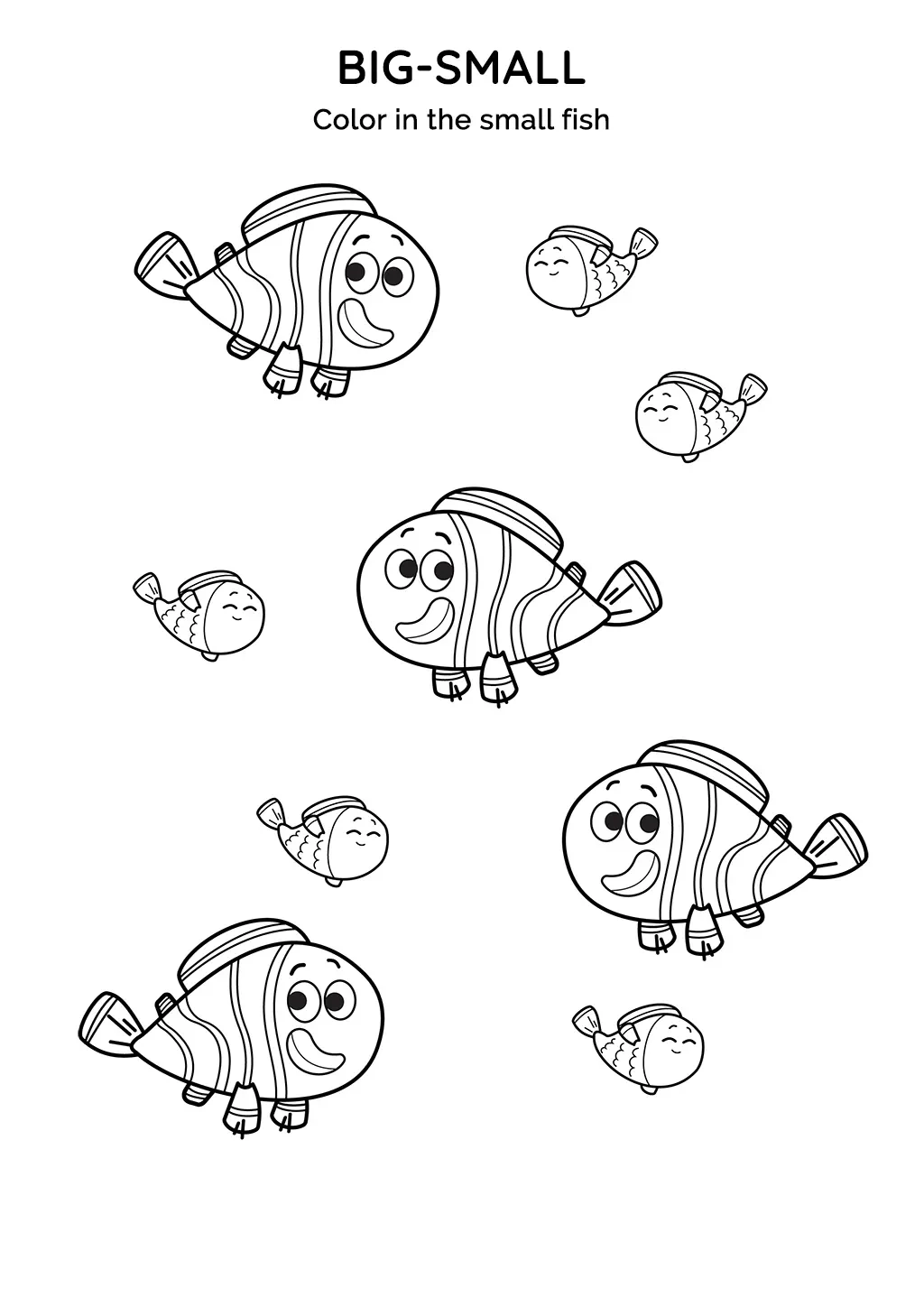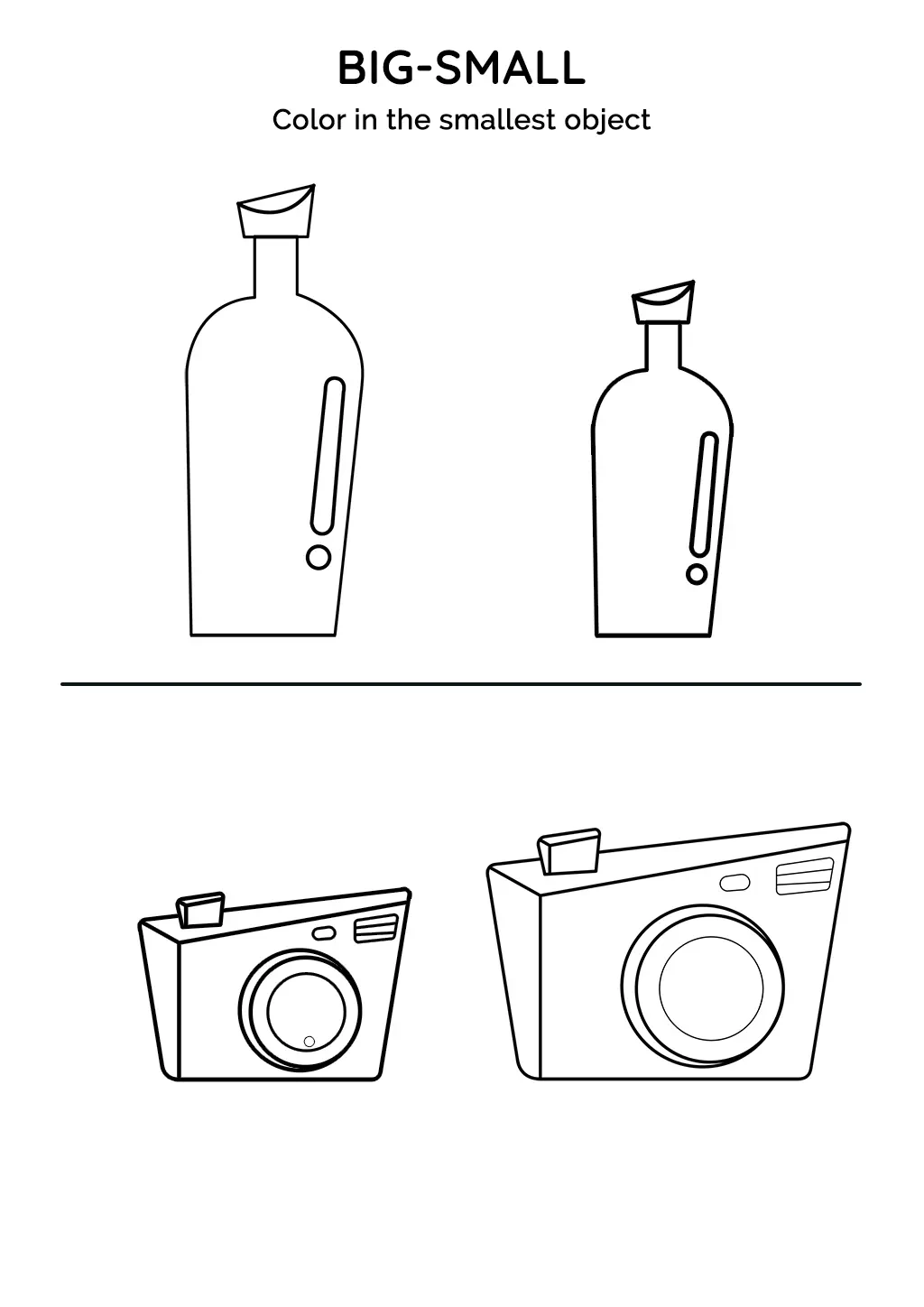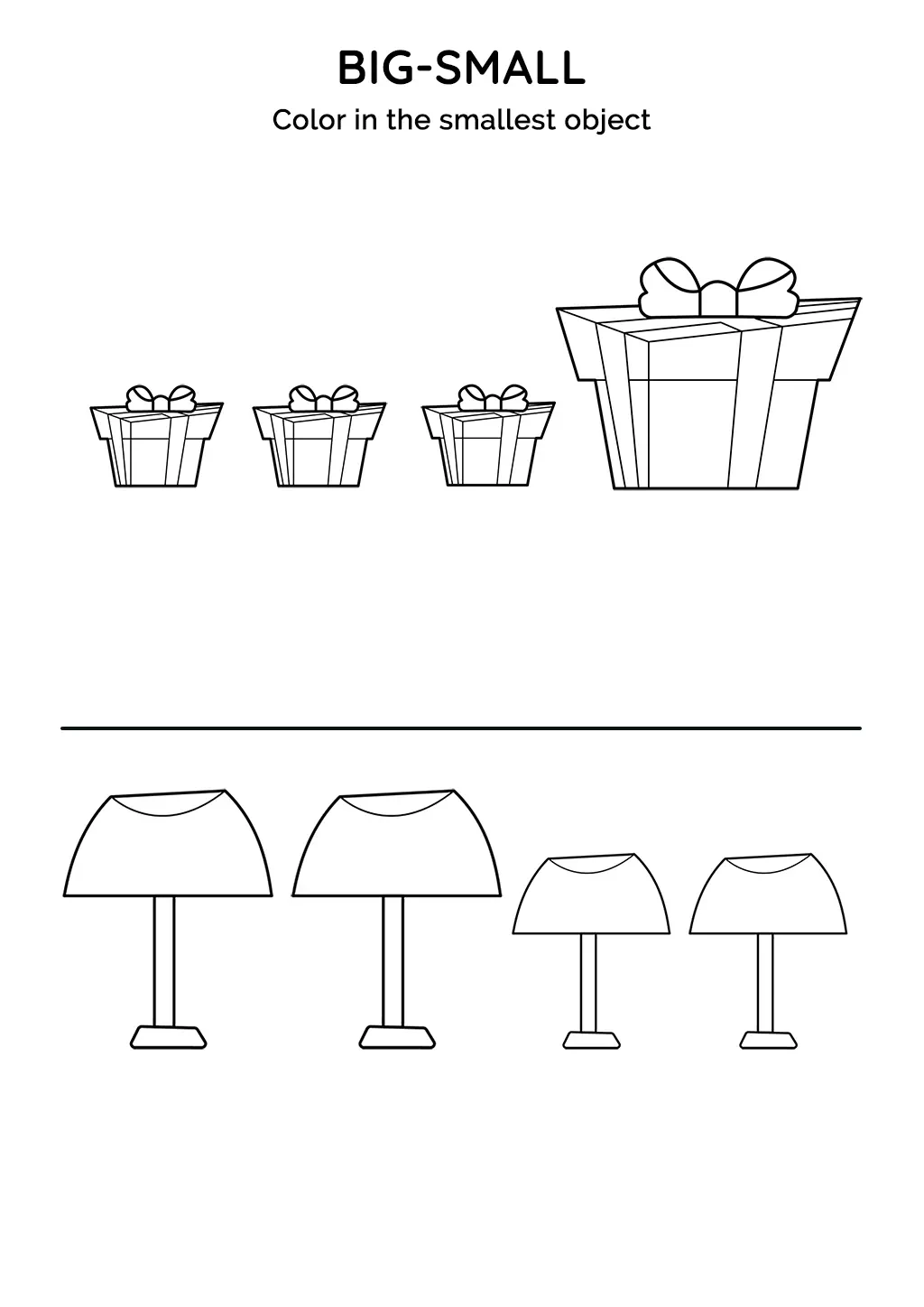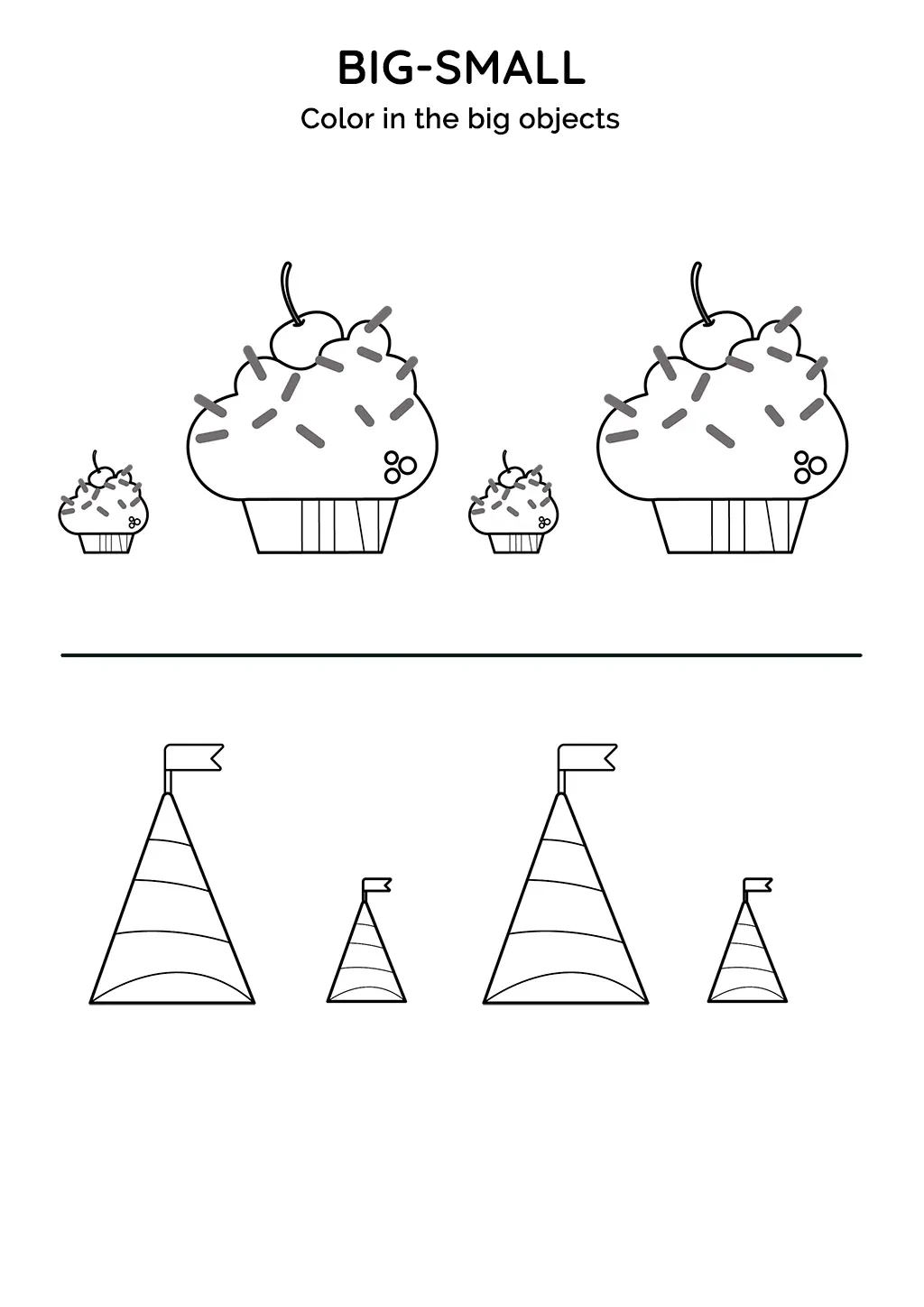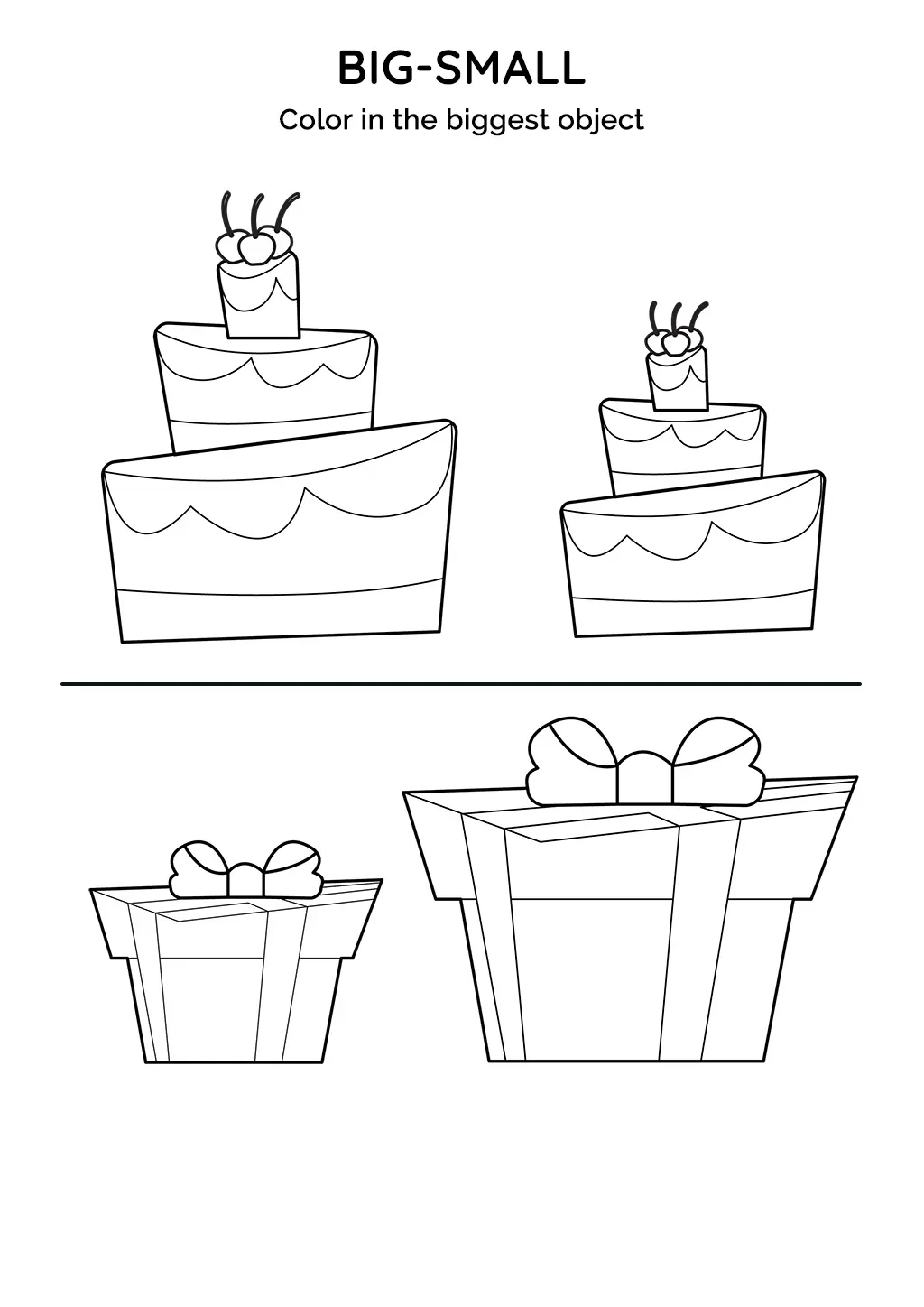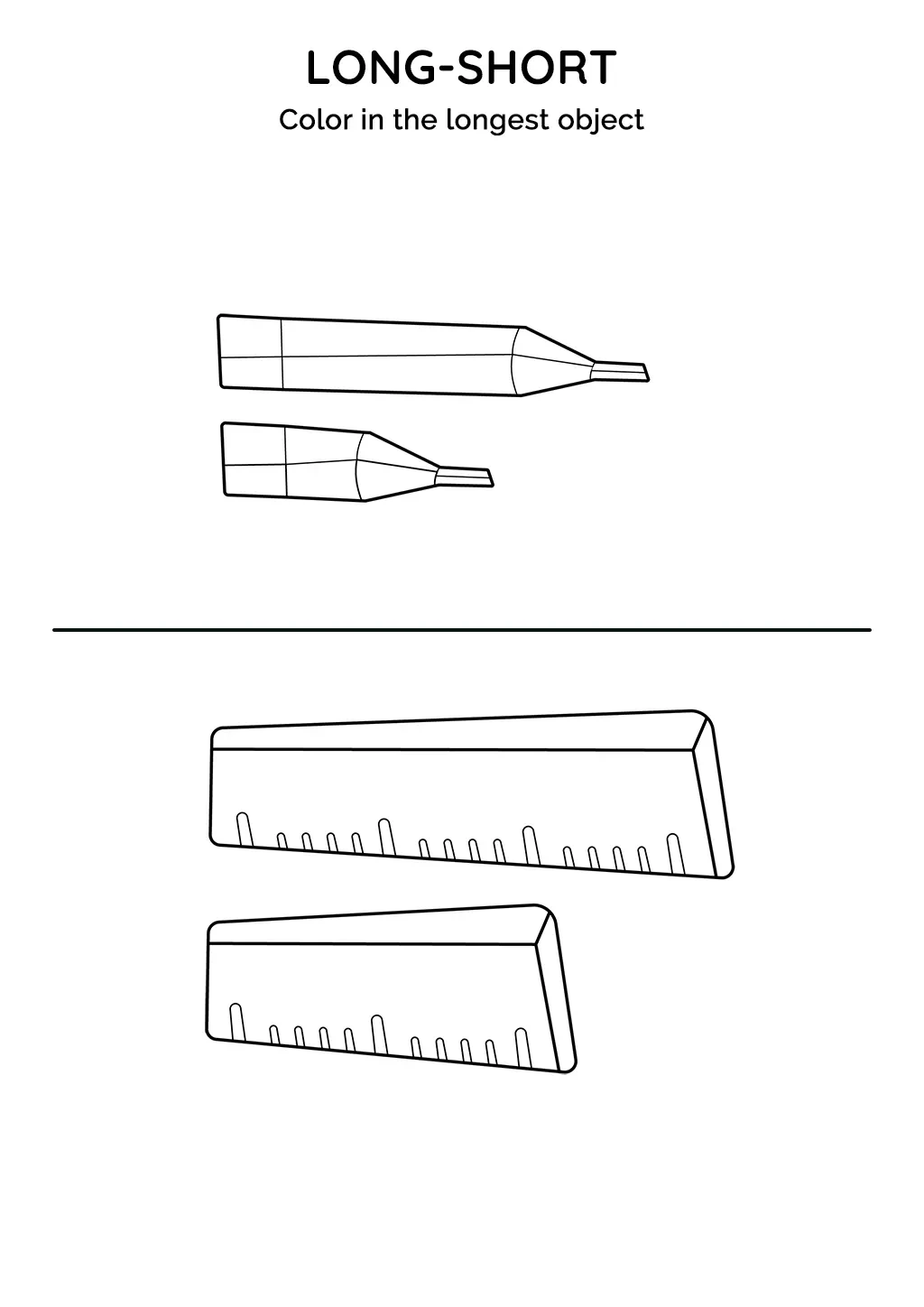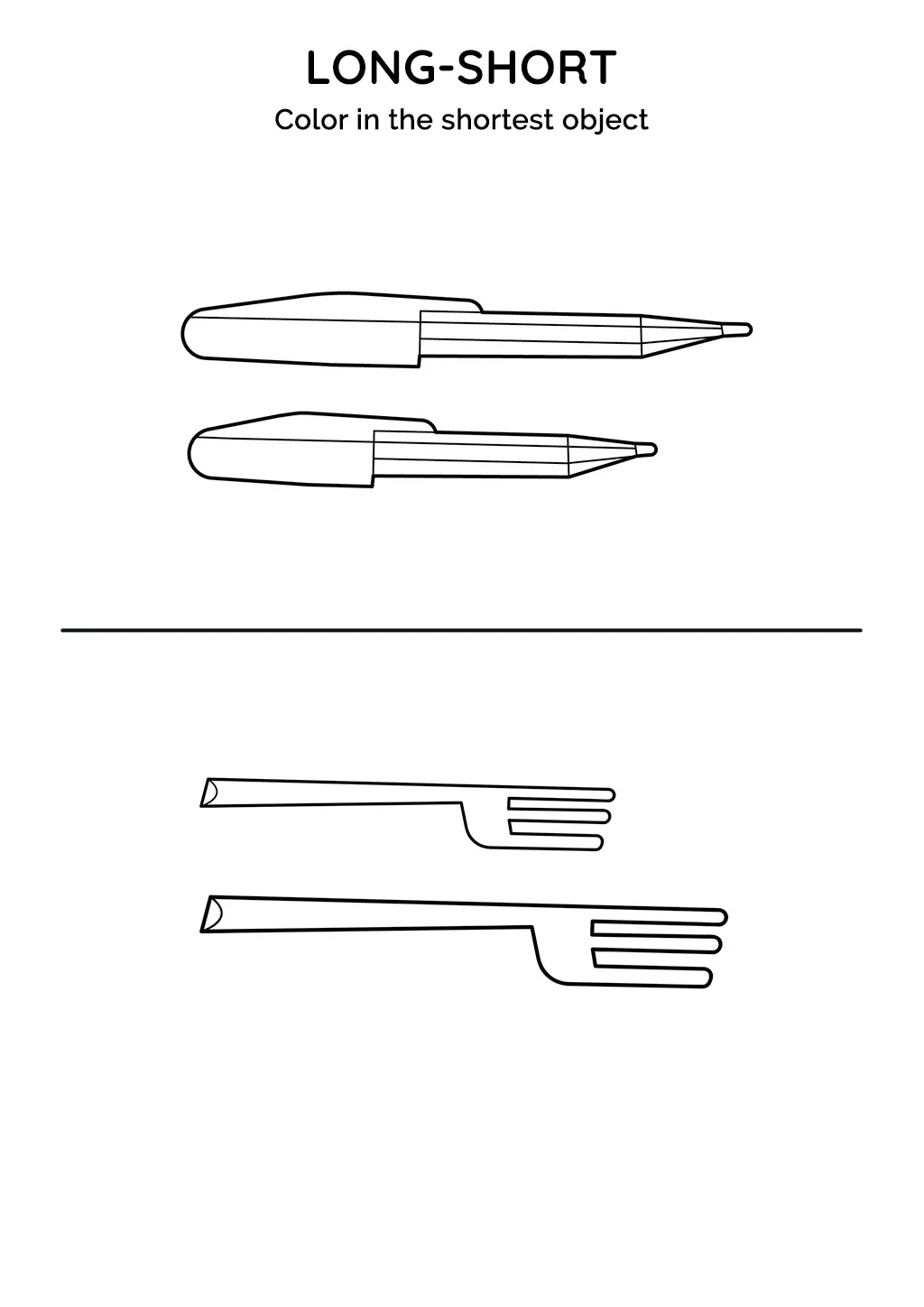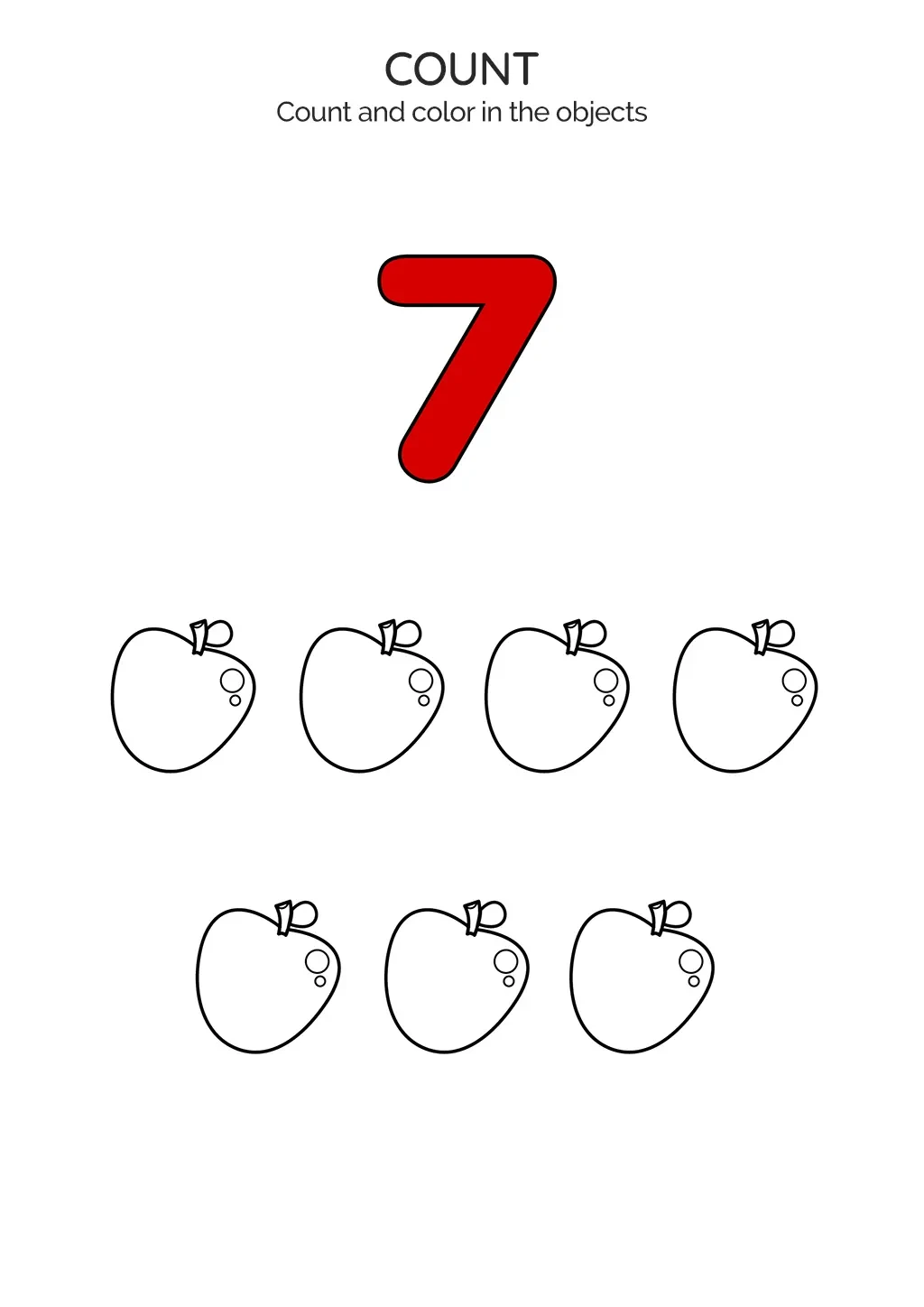Mathematics forms a fundamental pillar of children’s educational journey. At its core lie numbers, the basic units of math. Understanding numbers, perceiving quantity, and differentiating between odd and even numbers are critical skills for kids. But how do we teach these complex concepts in a fun and effective way? Here, we provide guidelines on teaching numbers to young learners.
The first step towards understanding numbers is recognizing quantity. Quantity is the property that exists as a magnitude or multitude. It is often assigned or indicated by names or symbols, such as two, three, or five. Teaching quantity perception to young learners requires hands-on and visual experiences. Here are some methods to teach quantity perception:
Once children understand numbers and can count confidently, they can learn about odd and even numbers. Here are some fun ways to teach this concept:
Remember, every child’s learning pace is unique. Patience, practice, and repetition are key when teaching these foundational math concepts.
Inspiring curiosity and interest in children for mathematical concepts can be a fun and enlightening journey. Introducing children to numbers and their properties through games, stories, and educational worksheets available on Smart Tales ensures they perceive learning as a delightful activity rather than a tedious task. Let’s dive into the engaging resources offered by Smart Tales to enrich your child’s number learning experience.
Smart Tales offers an enchanting collection of interactive stories focused on understanding quantity and distinguishing between odd and even numbers. Dive into these stories now!
Smart Tales brings to you a comprehensive suite of games where children can playfully immerse themselves in learning about numbers. Games are specially designed to reinforce concepts like quantity perception and differentiating odd and even numbers. Get your child started on these mind-stimulating games today and let them explore the fun side of mathematics!
The Smart Tales app also features a wide array of educational worksheets, meticulously crafted by pedagogical experts. These worksheets provide practical exercises for children to grasp the essence of quantity perception and odd & even numbers. Children can learn, practice, and consolidate their understanding in a focused manner. Download and get started now!
Learning about numbers, understanding their quantity, and differentiating between odd and even ones are foundational concepts in a child’s mathematical journey. Utilizing resources such as interactive stories, engaging games, and comprehensive worksheets from Smart Tales makes this learning process exciting and enjoyable. Remember, the goal is to instill a love of learning and a curiosity for the mathematical world in your child’s mind. Start this fascinating journey with your child today!
